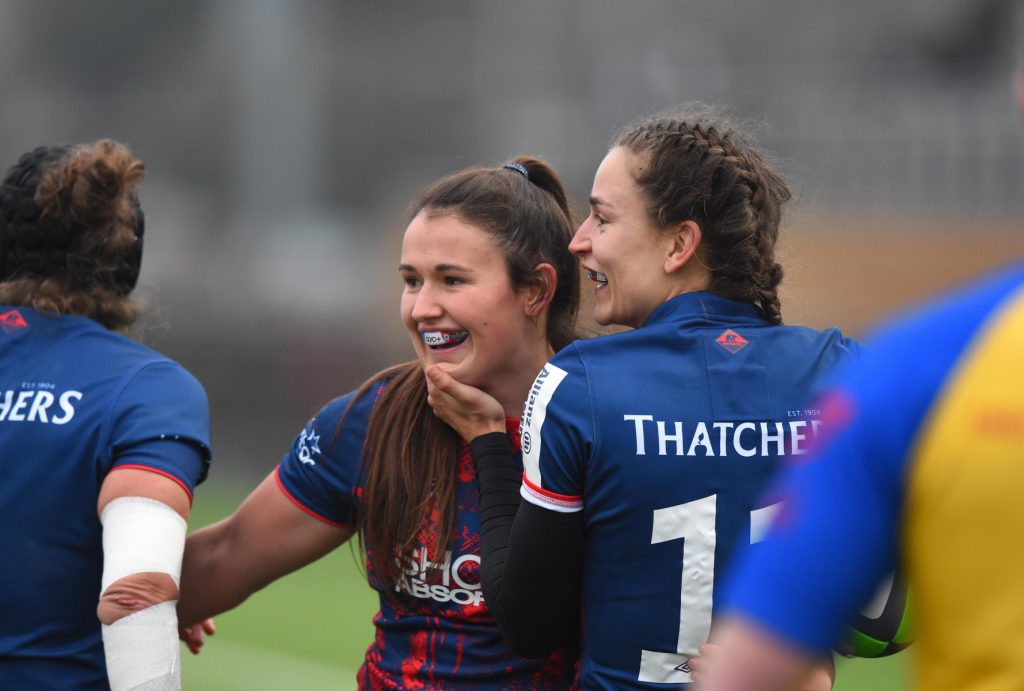The use of real time data in the sports industry presents opportunities to build upon knowledge and value as well as providing teams with a technology-led approach to improvement of performance.
Chris Turner, CEO of UK technology company Sports & Wellbeing Analytics (SWA) highlighted this viewpoint in his discussion with Insider Sport about the development of the firm’s instrumented mouthguard solution – PROTECHT – which measures the frequency and intensity of any impact an athlete receives to their head.
The data collected by the product is then sent in real time to touchline staff to inform player welfare and performance decisions during matches and training. The equipment is currently in use in sports such as football, rugby union, rugby league, boxing and MMA to name a few.

Turner, who has a background in technology and finance, has been CTO at Unilever as well as working at SAP, where his role involved taking advantage of technology available to drive value for the business.
He explained: “The idea behind PROTECHT was using these principles in an industry, contact sports, that had a real problem with head impacts and concussion, that could only be solved by intervening there and then to materially affect the outcome. Our early investors were sportspeople who wanted to see something given back to the sports they loved. They believe PROTECHT is the vehicle to do that.
“Whilst PROTECHT uses sensors in a mouthguard to collect data, it was never about a mouthguard. Of course, the mouthguard must be accurate, but that is just a hygiene factor. It was always about the data and to be useful that data has to be meaningful. Just knowing, for example, that you have been hit so many times, how hard and from where is of limited value.
“However, if you can relate that data to athlete outcomes, for example by looking at the overall contact load that athlete is taking at that moment and over time, that changes things. And if you can do that in real-time, that changes everything.”
The Swansea-based firm detailed that it looks to make that interpretation central to everything that they do and doing it live. Its scientists are practitioners who ‘understand the demands’ of the sports industry.
Turner added: ‘That way the athletes and elite sports organisations we work with know they are talking to people who understand what they do and those fine margins that make the difference to winning or losing.
“As we have collected more and more data our understanding of what is going on for an athlete has deepened enormously. For the first time, it is possible to objectively quantify impact in the way that GPS devices have for running; create scales to make that comparable across sports; and start to understand what normal contact loads are for each athlete, position and team.

“Because the data is live, however, it creates other opportunities. In all the sports we are working with, performance is paramount and our data has been used to great effect in that way.”
Turner went on to use Harlequins victorious rugby union English Premiership campaign last year as an example of this, explaining that they have publicly credited a lot of that win to the deep use of PROTECHT to guide their training and other aspects of their performance.
“The teams working with us have benefitted from their lowest injury rates and highest player availability which gives them their best team as often as possible,” he continued.
“Considering that the average Premiership team spends over £1m annually to cover injured players and their replacements, and that they are coming under increasing pressure from the salary cap, this data does not just have value for improving athlete welfare and performance but has clear and significant bottom line implications too.”
The company has also worked closely with the Premier League on its heading study, which has helped support the revised heading guidelines the league has issued and will continue to help these evolve to improve player welfare.
The live data also presents other opportunities such as the ability to amplify TV commentary, enhance fan engagement, or provide greater rigour and integrity to decisions that affect the outcome of a contest.
Turner concluded: “New capabilities we have allow us to monitor not just head impacts but running intensity and heart rate. Bringing all these key pieces of data together will provide even greater opportunities to bring value to our customers and, with the addition of remote monitoring away from the live system, make it possible to start to make this technology available to the grassroots for the first time.”
























